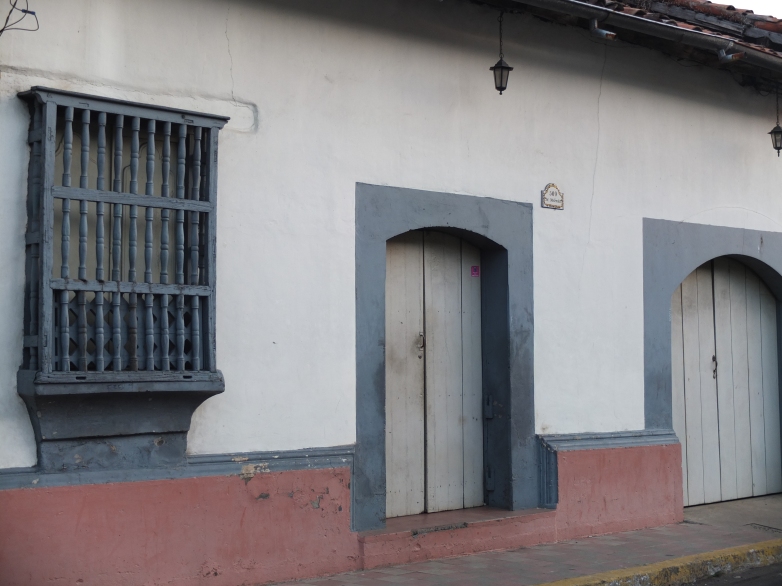The use of colour in the West is often pretty lackluster, especially in the streets and on the façades of buildings. When visiting the Medinas of North Africa and ‘Calles’ of Mexico and Central America, this becomes even more apparent; the juxtaposition of shades and tones and the sheer brightness of the colours is enough to put a smile on anyone’s face. So much so, that wandering through the cities and towns feels like free colour therapy.
While bright colours can look different in cooler climates with cloudier skies, we can surely do better than the drab creams and pale blues/greys that we’re accustomed to. Even if painting a full façade seems a bit extreme, I guarantee that painting a garden wall, a side passage, or even an old shed, will cheer you and your neighbors up no end. Here’s some inspiration:
Chefchaouen, Morocco
The Blue Pearl, as Chefchaouen is known, is one of the most dramatic architectural uses of colour in the world. Jewish refugees are said to have introduced the tradition in the 1930s, the blue representing the sky and heaven. Walking through the streets, you see all shades of blue: turquoise, aquamarine, cobalt, and indigo. The walls and pavements have a special luminescence due to the combination of natural pigments and lime wash. The use of these pigments also gives the colours softness, a quality that is not often found in synthetic mass-produced paint.
To create a little piece of Chefchaouen, you could either take a trip to Morocco and bring back a bag of natural pigment (about $15 per kilo, and a good excuse for a holiday), or find a supplier of natural paints. For example, Little Greene is just about to release their new range, ‘Blue’, which includes 21 beautiful shades.
Campeche, Mexico
The UNESCO heritage listed colonial town of Campeche in Mexico also provides wonderful inspiration. The perfectly restored historical center is awash with bright colours that match the sunny weather and hospitality of the people. Many of the houses are painted in earth-based colours, presumably a legacy of the Mayan use of Tezontle, a rich red clay used to clad buildings. In modern day Campeche, the rich reds, and yellow ochres are interspersed with an approved palate of pastel blues, greens, and pinks. No two houses of the same colour are found next to each other, giving each street its own character. While almost as bright as a city can get, the colours of colonial Mexico are not gaudy or fake. The pigments pack a punch, but they also have a chalky matt quality.
To create a bright Campeche-inspired wall, check out Pittsburgh Paints hacienda style colour palette, which includes 18 shades based on research of Mexican colonial buildings.
Leon, Nicaragua
The third inspiration is the laid-back city of Leon, in Nicaragua. While not as polished or as bright as Chefchaouen or Campeche, Leon is a melting pot of Nicaraguan life and its crumbly streets contain some wonderful hues.
Less ordered and formal than many colonial cities, blues, greys, pinks and rusts are used to contrast walls, doors, and window frames. Façades are often in need of touch-up, with the flaky paint revealing past colour preferences and giving the city a shabby, lived-in feel.
Leon’s streets seem so ‘on trend’, it can be difficult to believe that what your seeing is actually a traditional colour palette. To recreate the look, Farrow and Ball’s key colour trends of 2015 ‘Pink Ground’ and ‘Breakfast Room Green’ are ideal, as is their decorating theme, ‘Dark and Dramatic’.


